Electricity is the lifeblood of modern society, powering everything from homes and offices to hospitals and factories. While most of us take the availability of electricity for granted, the process of transmitting power from power plants to homes and businesses is a complex one that requires a sophisticated network of cables and wires. One key component of this network is the distribution cable.
Distribution cable is an essential component of the power grid, carrying electricity from the substations to the end-users. These cables are typically made of copper or aluminum, and are designed to withstand the high voltage and current levels that are necessary for power transmission. The selection of the appropriate cable depends on factors such as the voltage level, current capacity, and the distance between the substations and end-users.
The most common type of distribution cable is the overhead cable, which is suspended from poles or towers. These cables are used in areas where it is not practical to bury the cables underground. Overhead cables are typically cheaper and easier to install than underground cables, but they are more vulnerable to weather conditions, such as lightning strikes, high winds, and ice storms.
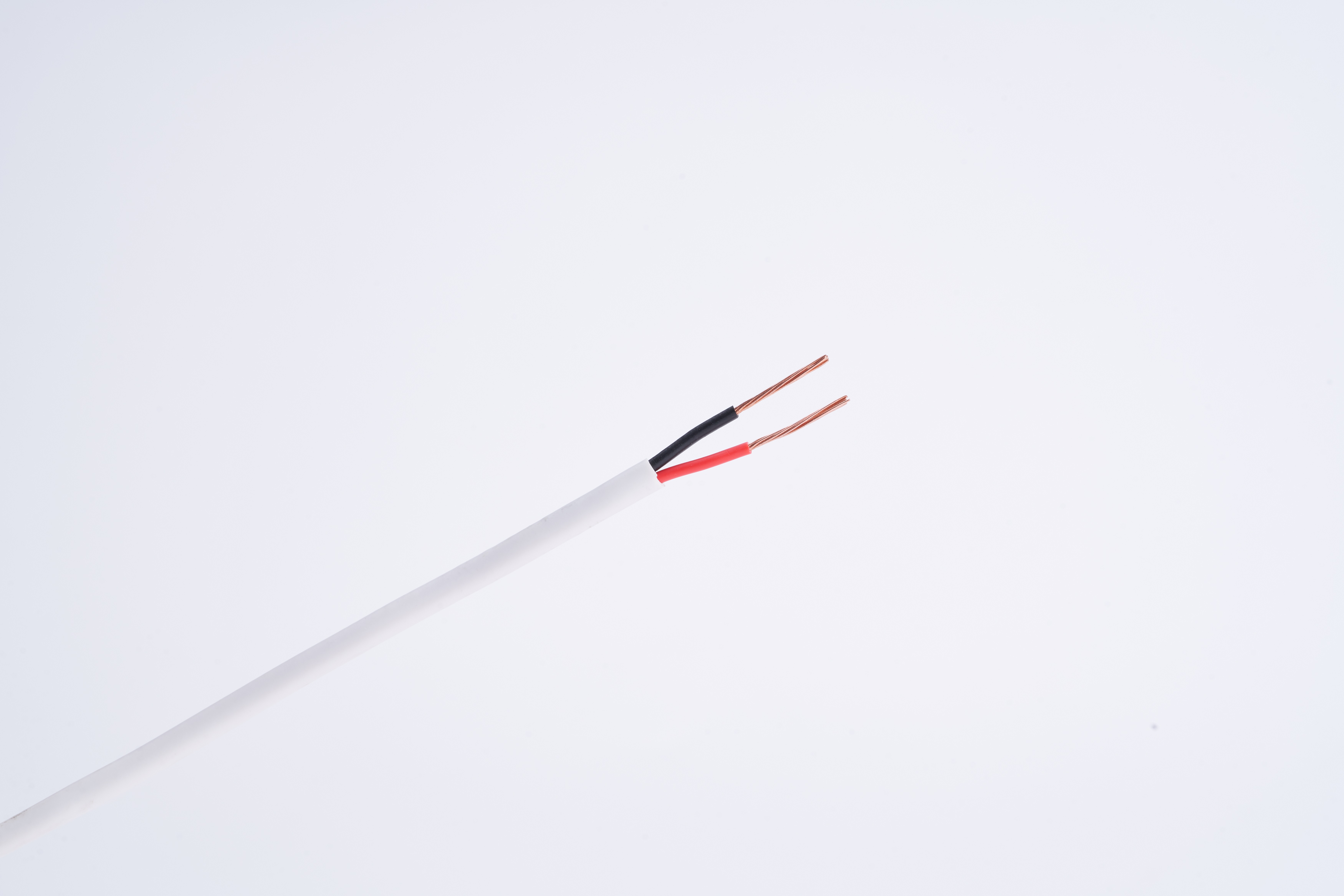
Underground distribution cables, on the other hand, are buried beneath the ground and are protected from the elements. These cables are typically used in densely populated areas where aesthetics and safety are a concern. Underground cables are more expensive and difficult to install than overhead cables, but they are less prone to outages and require less maintenance.
Distribution cables are also classified based on their voltage level. Low-voltage cables are used for residential and small commercial applications, while medium-voltage cables are used for larger commercial and industrial applications. High-voltage cables are used for long-distance transmission and are typically found in the transmission lines that connect power plants to substations.
Despite their importance, distribution cables are often taken for granted until there is a power outage. To ensure reliable and efficient power transmission, it is essential to maintain and upgrade the distribution network regularly.
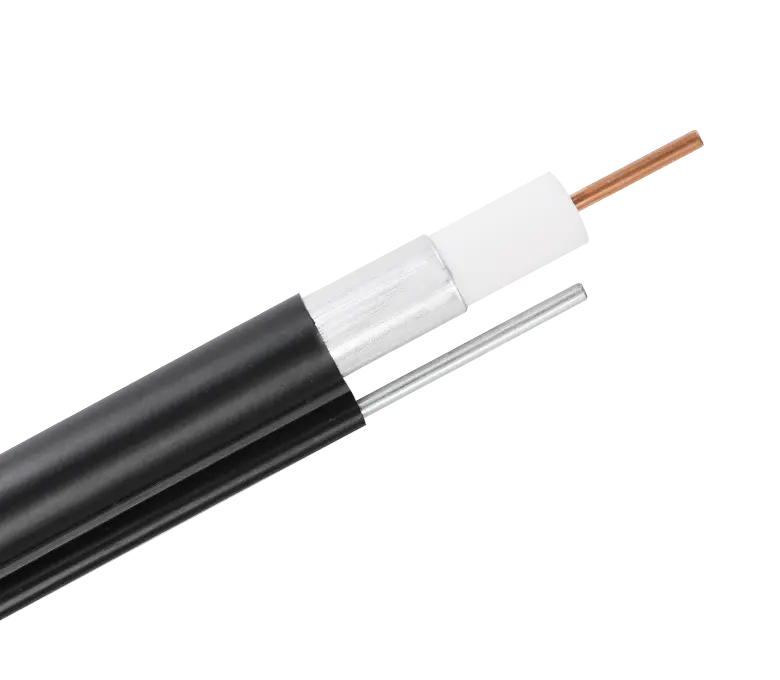
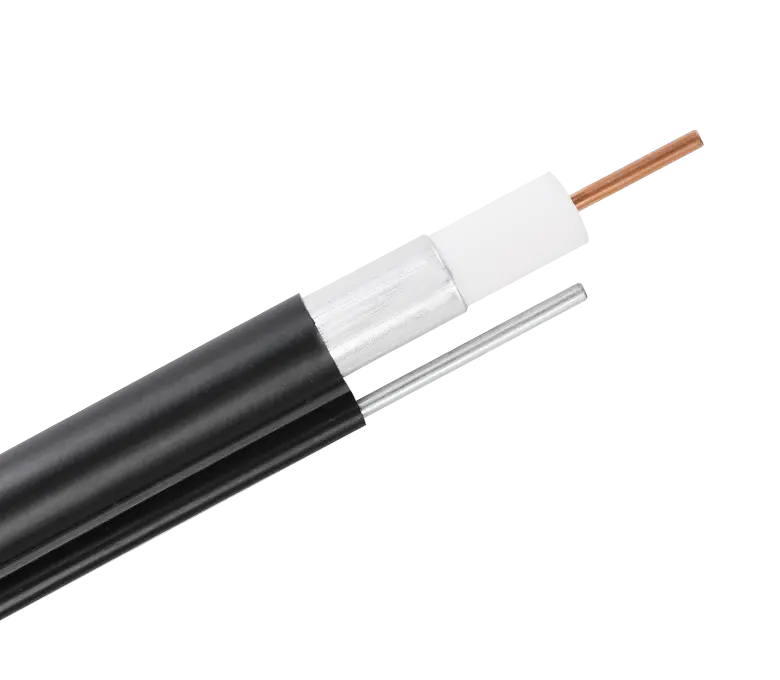
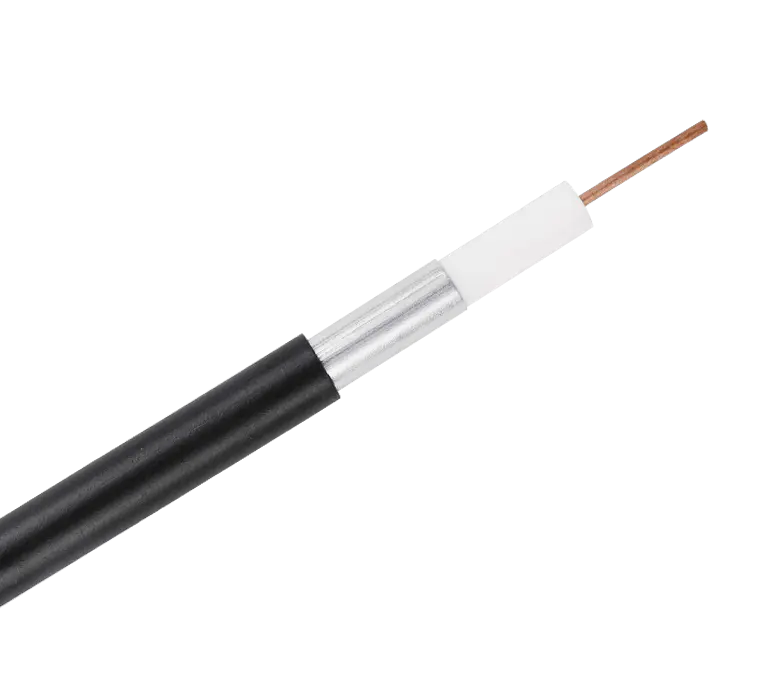
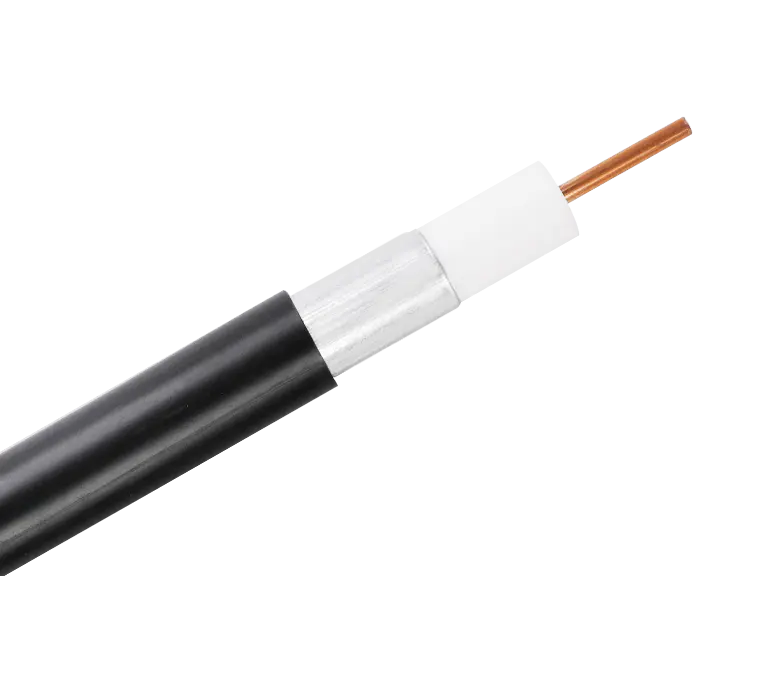
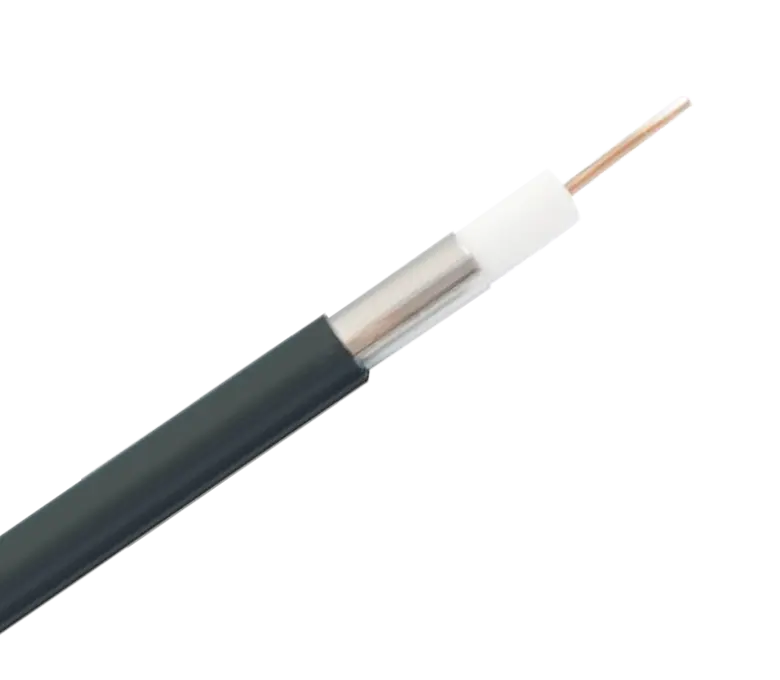
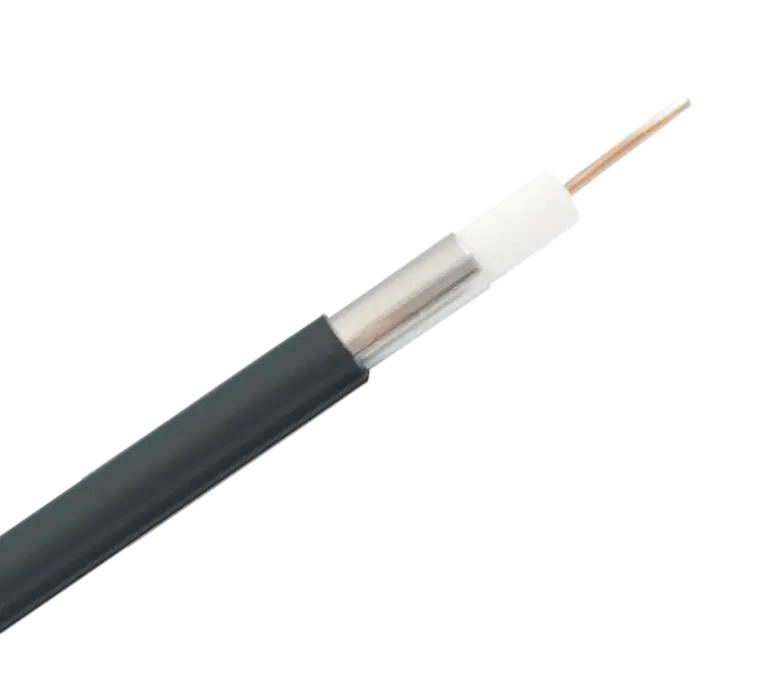
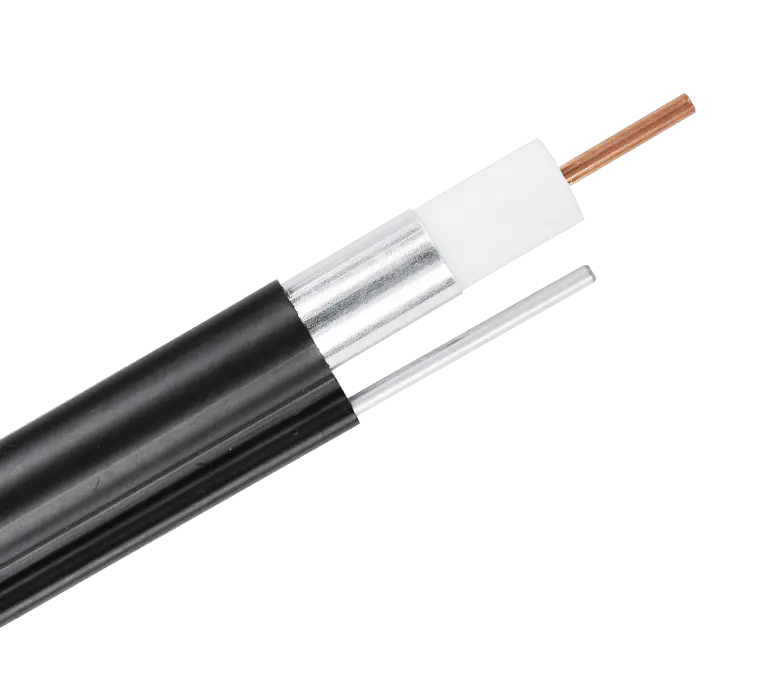
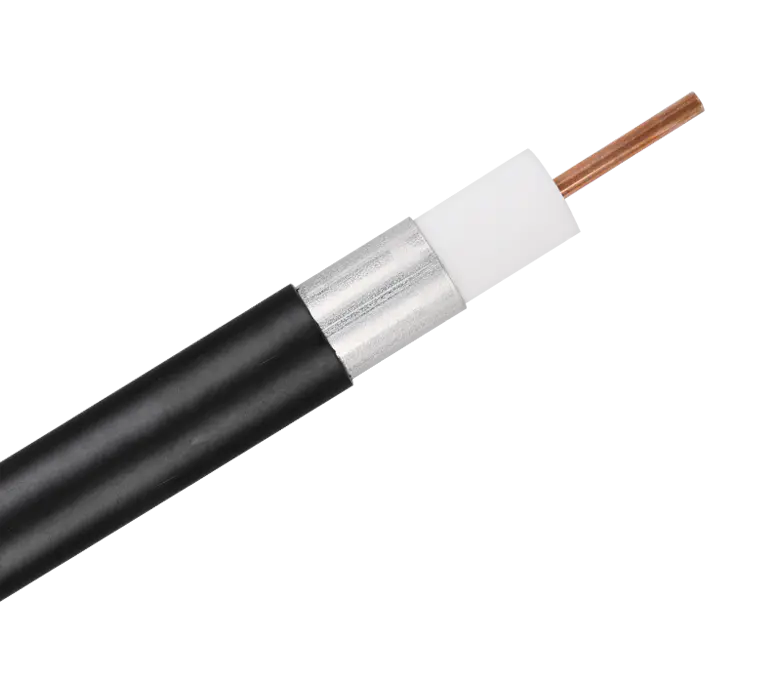
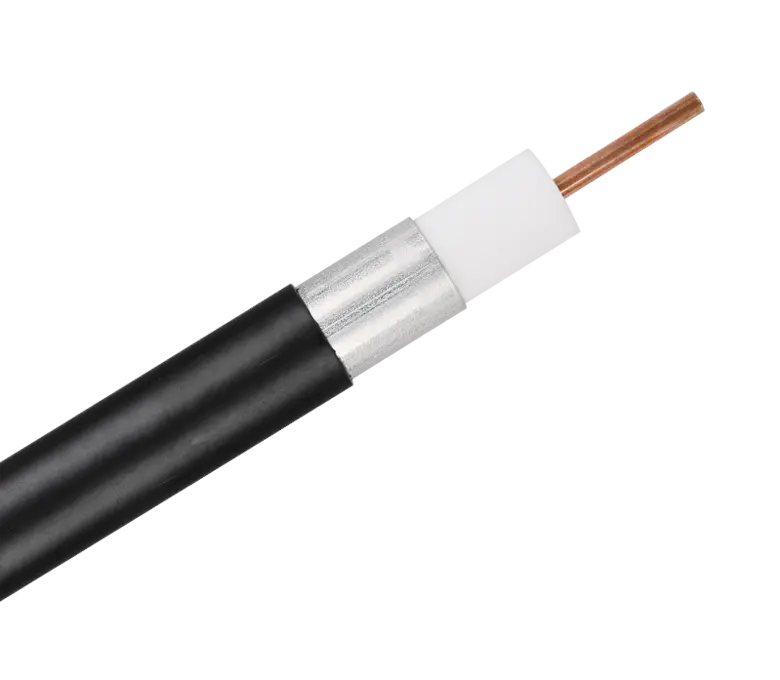
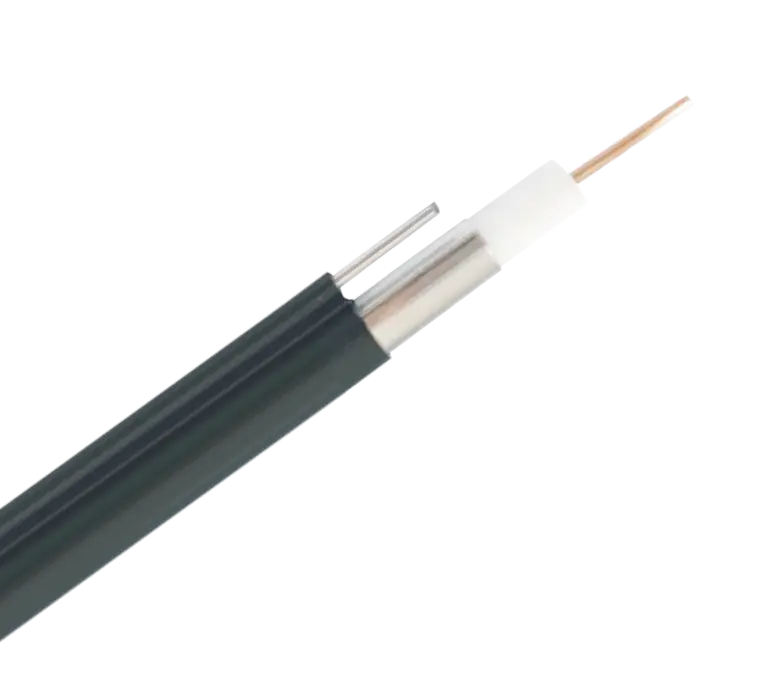
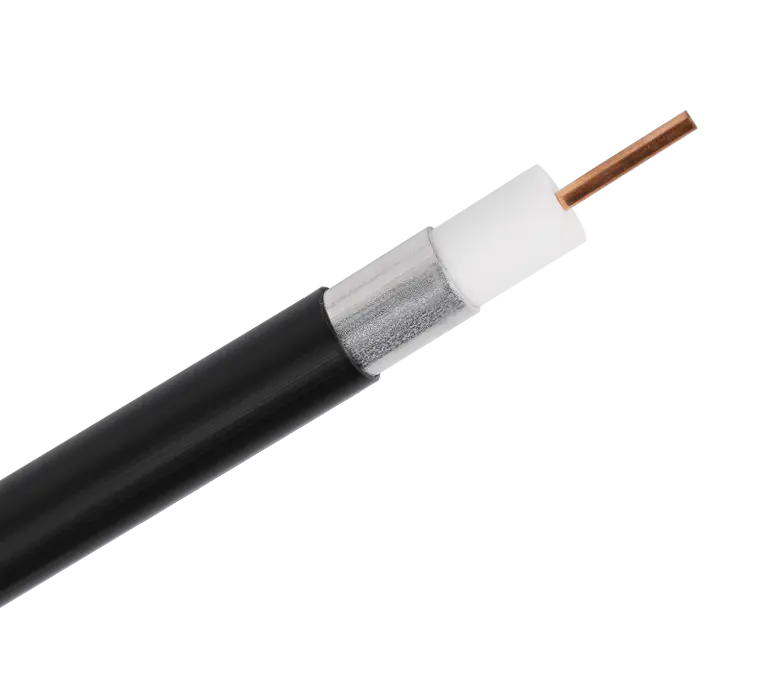
 浙公网安备33018502001191号
浙公网安备33018502001191号